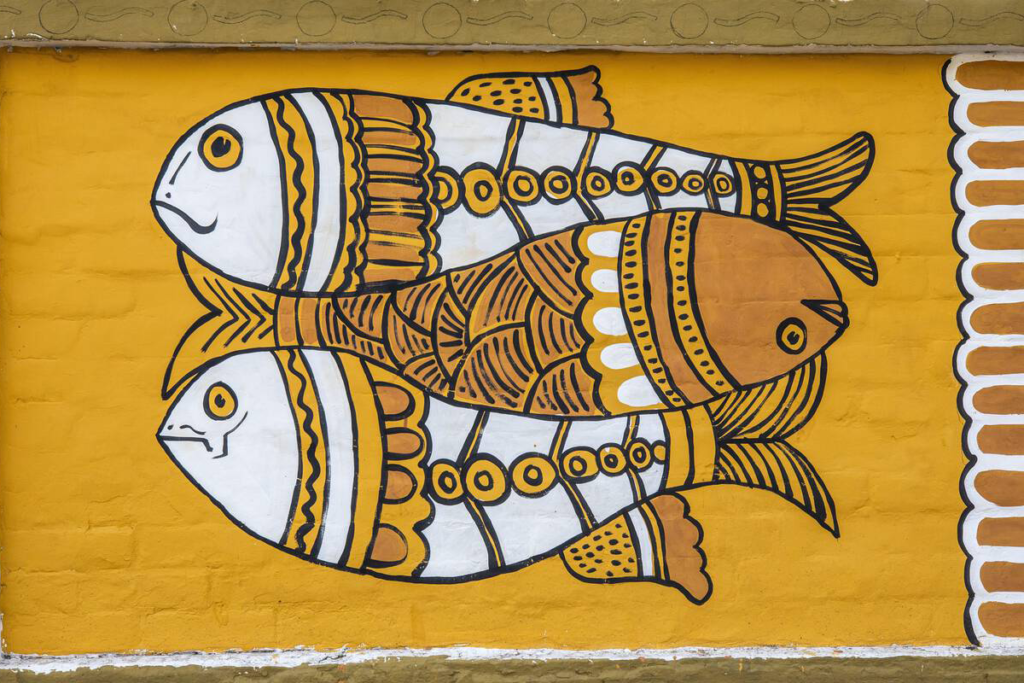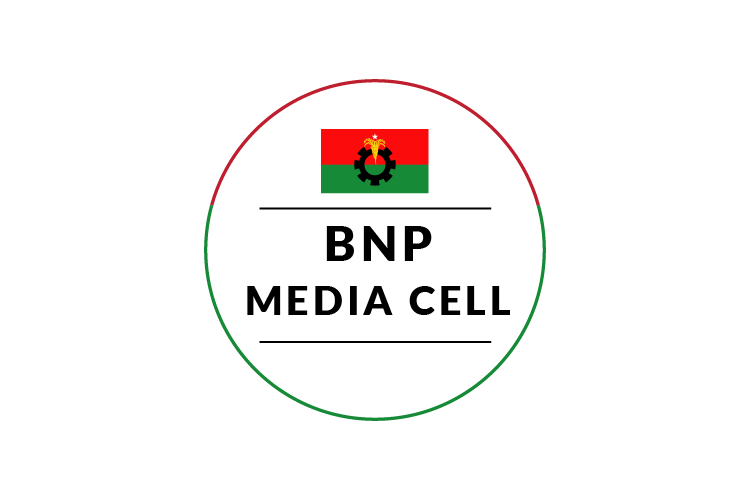During the month of April, the people of Bangladesh celebrate the Bangla new year. Over the last several decades, the Bengali new year celebration underwent a radical transformation. For hundreds of years, in rural Bengal, Bangla new year celebration meant a Village fair, Haalkhata (Opening of a new account book) in the Township market places along with religious events, like puja, or Milad Mahfil. And all such festivities usually culminated in sweet meat or biryani distribution.
Since the sixties, In the urban centres, specifically in Dhaka or Chittagong, the New Year’s celebration centred around early morning musical soirée. Only a select group of upper-middle-class urban folks used to attend those affairs.
However, in the last several decades, while the urban New Year’s celebrations have exploded in dimension and magnitude, the rural traditional festivities have embraced the new urban ways of New Year’s celebrations. What started as a small rally organized by the students and teachers of the fine arts institute, the Mongol shova jatra (Rally for wellbeing) has quickly become a centrepiece main attraction of the day. This newly invented urban new year celebration has been quickly and widely excepted as the major modus operandi of celebrating the Bangla new year. People from all over Bangladesh have open-heartedly accepted this urban way of celebrating the Bangla new year. However, although the people of Bangladesh irrespective of their religion, social, and financial status have embraced this new secular event as their own; these event organizers and planners themselves have failed to include the religious, political and cultural diversity of this land in these rallies.
It is also very important to mention that this specific celebration that we celebrate in April; is for the ethnic Bengali people only. Although Bangladesh is a nation comprised of people from many ethnic, cultural, and religious backgrounds– the Bangla new year is the celebration of the dominant Bengali ethnic group of this country.
While it is very important to be proud of one’s own ethnic heritage, it is equally important to appreciate the fact that there are other people in this same country who have their own different New years and different modes of celebration. When the country enjoys a national holiday and celebrates Bengali New Year: it is of utmost importance to appreciate the fact that many citizens of Bangladesh do have their own different New Year which may be celebrated in a different way or even on a different date or season.
In addition to the Bengali majority, Bangladesh is home to many other ethnic groups like the Chakma, Tripura or Marma people of eastern/southeastern Bangladesh. The Chakma people have a distinct new year celebration called the Biju festival, the Tripura ethnic group celebrate Boishub in their own way and the Marma people celebrate Sangrai in a different way. The Santal people of Bangladesh have a totally different date – the first of Magh and this new year festival is called Maghsim!
And as much as it is important to acknowledge and understand the ethnic diversity of Bangladesh beyond Bengali nationalism; it is also essential to celebrate the regional resemblance and connectivity between the plethora of races that reside in this corner of the world! The day the Bengalis celebrate Nobo Boraho; our Panjabi friends celebrate Vaisakhi; the Panjabi festival of harvest. And on the same day, the people of Kerala in south India celebrate their special day – Vishu! This day is Puththandu’s celebration of the Tamils of India and Sri Lanka and Aluth Avurudu (Sinhalese new year) to the Sinhalese of Sri Lanka.
And similarly – on the same day, Telengana and Karnara people celebrate Ugadi. It does not end here. The Assamese folks celebrate Rogali Bihu; the Nepalese people observe Nepal Sambat; the Orissya people observe Sankranti — all on this very same day we observe our Bengali New Year!
All these celebrations trace back to Mughal Emperor Akbar’s agrarian India-wide introduction of a new solar calendar system and bind us with an invisible bond of the fraternity of common heritage and shared culture. However, despite a common root, these celebrations cannot be more different in a tapestry of flavour, colour, music and food. In a sense Bengali new year celebrations each year is a renewal of our regional bond forged in hundreds of years of shared heritage!
With the hindsight of ethnic variations of the new year and new year’s celebrations and the regional nature of these celebrations- we must take into cognizance the broader meaning of the new year. Bengali New Year festivities is not just a show and tale event of Bengali dominance of our Ganges delta – rather it is our annual lesson in the ethnic diversity of Bangladesh and the shared heritage of the variety of ethnic groups spread across the Indian subcontinent.


